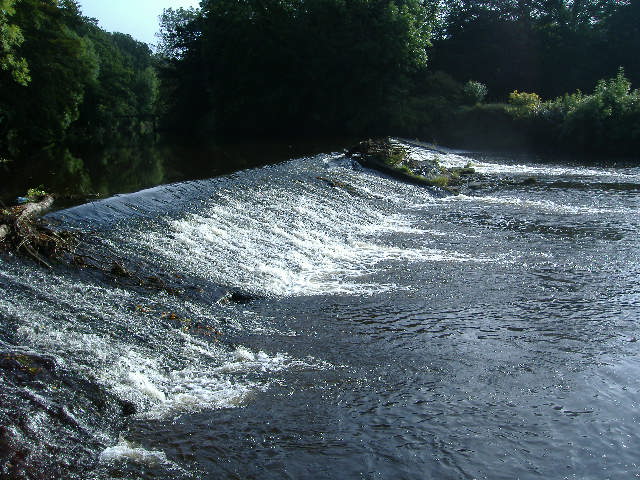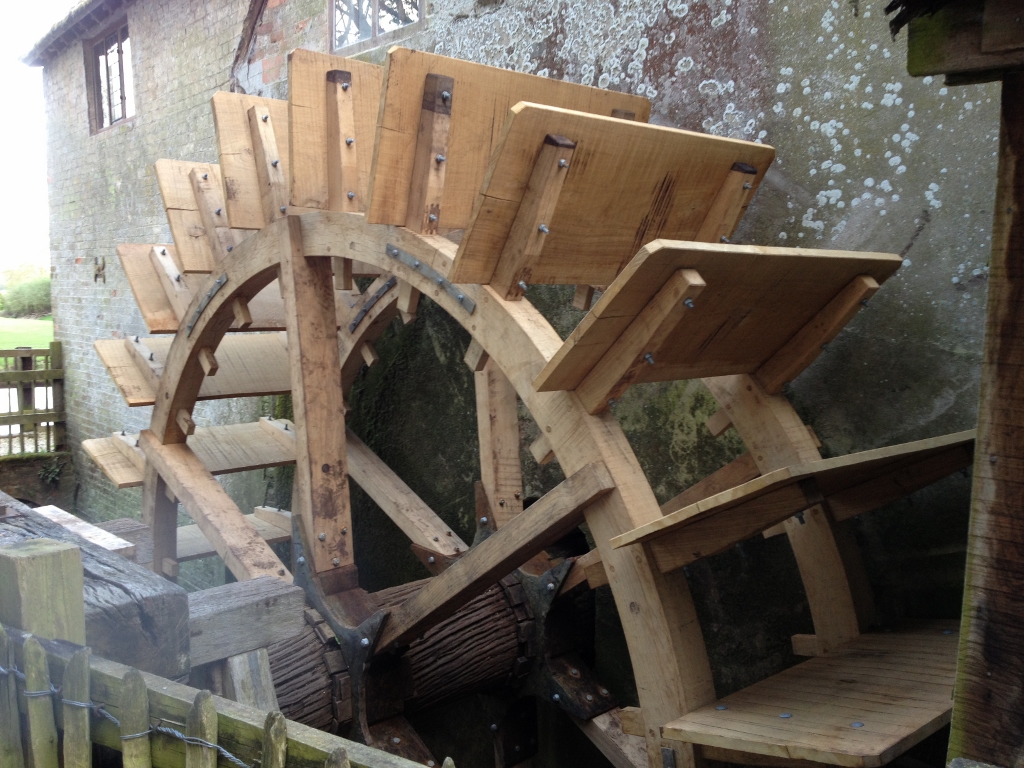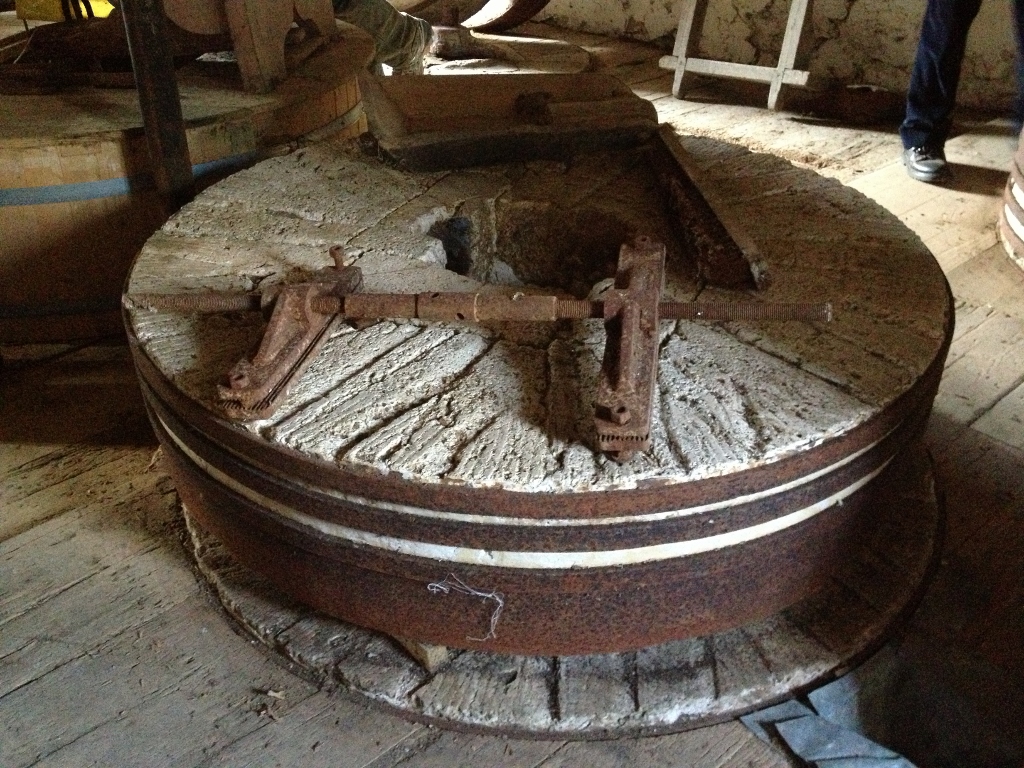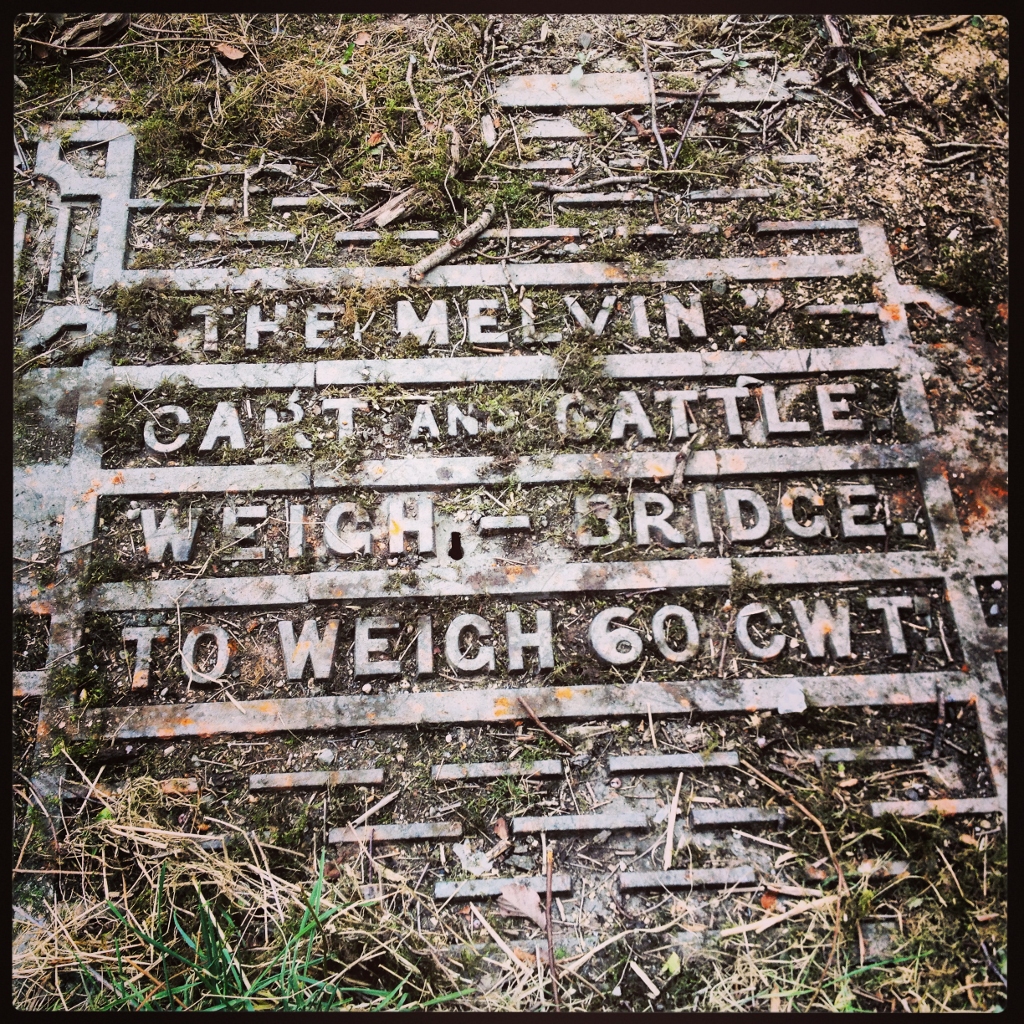A return visit to Penllergare Valley Woods hydropower scheme
On our recent trip to the London we decided to bring the car and take the ferry to Fishguard to visit some of the hydropower sites we have worked on over the last year. Our first port of call was a visit to Penllergare Valley Woods, a picturesque landscape hidden away in a steep valley just a stone’s throw, yet a world away, from the M4 in north Swansea.

As part of the upgrade and restoration of Penllergare Valley Woods a 30kW Archimedean Screw Hydro Turbine was installed to ensure a sustainable future for Penllergare Valley. A little over a year ago the hydropower scheme was commissioned and is now generating clean green electricity to power the new visitor centre with excess being sold back to the national grid. The Archimedean Screw with a length of 11m and a capacity of 2880 m3/h is situated next to the waterfall. The enclosed compact design was the preferred design of screw for this particular site as the design minimised the installation cost and doesn’t intrude on the existing landscape.

With its lakes and waterfalls, terraces, panoramic views, exotic trees and shrubs, this forgotten Victorian paradise is being slowly restored and brought back to life by the Penllergare Trust. Penllergare Valley Woods was once a famous gentry estate and home to John Dillwyn Llewelyn, the notable 19-century horticulturalist, philanthropist and pioneering photographer. It is Llewelyn’s design, vision and influence behind the picturesque and romantic landscapes of the park.
 Penllergare Valley Woods is a place where you can enjoy the sound of birds, delight in the profusion of wild flowers, discover evidence of exotic plantings and uncover for yourself the hidden features of a grand design. Wildlife research carried out by Swansea Council has found the estate is very significant for amphibians and acts as a “corridor” for animals to thrive and move about.
Penllergare Valley Woods is a place where you can enjoy the sound of birds, delight in the profusion of wild flowers, discover evidence of exotic plantings and uncover for yourself the hidden features of a grand design. Wildlife research carried out by Swansea Council has found the estate is very significant for amphibians and acts as a “corridor” for animals to thrive and move about.


 Throughout the last few years the upper lake has been de-silted, and steps, terraces, the stone-arched Llewelyn bridge, waterfalls and cascades have been repaired and restored to reinstate the picturesque and romantic design.
Throughout the last few years the upper lake has been de-silted, and steps, terraces, the stone-arched Llewelyn bridge, waterfalls and cascades have been repaired and restored to reinstate the picturesque and romantic design.
 Using photographic evidence from the 19th century, the old stone bridge was recreated in the traditional style by local stonemasons.
Using photographic evidence from the 19th century, the old stone bridge was recreated in the traditional style by local stonemasons.

After walking for hours and checking out the Archimedean Screw we spent some time browsing through the information books and leaflets in the visitor centre and then enjoyed a cup of coffee at the small cafe which has stunning views from the cafe terrace to the upper lake. If you’re ever in the area it is well worth a visit. Dogs are also welcome 🙂 🙂

















































